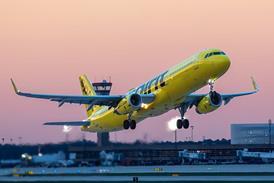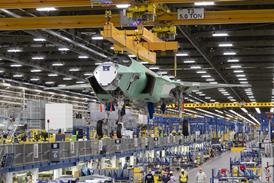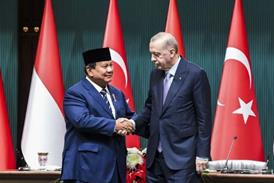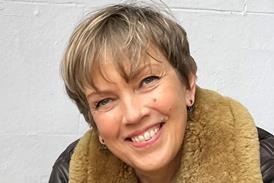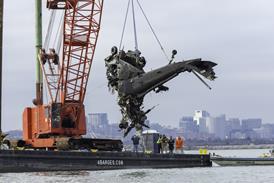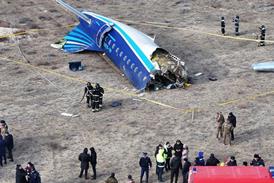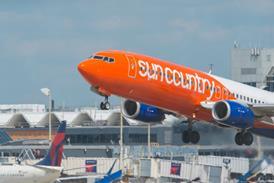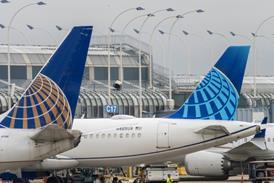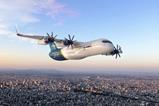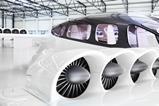Fresh questions have emerged regarding the direction of UK hydrogen aircraft developer Cranfield Aerospace Solutions (CAeS) following the exit of chief executive Paul Hutton.
Following weeks of rumours relating to Hutton’s future, Companies House documents show he ceased to be a director on 27 March. No reasons have been given for his departure nor any details of who will replace him.
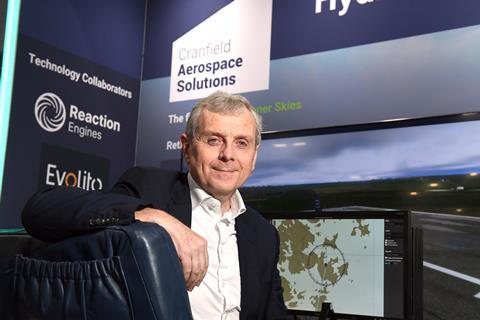
His departure, plus that of Sir Iain Gray in February, leaves just three directors at the business alongside chairman Paul Craig.
All representing investors in CAeS, the remaining directors are Richard Hulf from HydrogenOne Capital, Safran Corporate Ventures’ Florent Illat, and Samer Nawaf Zawaideh from the UAE’s Tawazun/Strategic Development Fund (SDF).
It is unclear how many other CAeS executives may also depart along with Hutton. Chief strategy officer Jenny Kavanagh confirms she has decided to leave the business but FlightGlobal has been told that several other senior staff members could be on the way out.
Hutton’s departure from the post he had held for almost a decade adds to the sense of uncertainty relating to CAeS and its future plans.
In January, the company confirmed it was closing its maintenance hangar and shedding technical staff to “concentrate on technology development”.
Weeks later, FlightGlobal heard from several sources that CAeS had also shuttered its engineering department.
Those moves raise questions over the firm’s ability to finalise the conversion of a Britten-Norman BN-2 Islander to run on hydrogen fuel cell power.
Part funded by the UK’s Aerospace Technology Institute, Project Fresson was meant to deliver a certifiable hydrogen fuel cell propulsion system for retrofit applications.
But multiple delays have seen the Fresson aircraft’s first flight date repeatedly pushed back. CAeS’ most recent target was to achieve a maiden sortie this year, but it is unclear if that can now be realised.
FlightGlobal has been told that considerable work would be required to return the BN-2 (G-HYUK) to a flightworthy condition, let alone finalise the powertrain conversion. ATI funding for the Fresson activity ran until end-March.
Work on the Fresson powertrain was further complicated by the closure in late 2024 of Reaction Engines – another company in which SDF had invested - which was supposed to supply heat-exchangers to the project.
There have been strong suggestions that CAeS’ focus has now switched away from the Islander modification to instead develop a fuel cell powertrain for the Dronamics Black Swan uncrewed cargo aircraft. Dronamics is also backed by SDF.
Charge agreements filed in 2023 and 2025 grant SDF security over CAeS’ intellectual property relating to a fuel cell propulsion system.
Despite multiple efforts to contact the company, CAeS did not respond to FlightGlobal’s questions.



